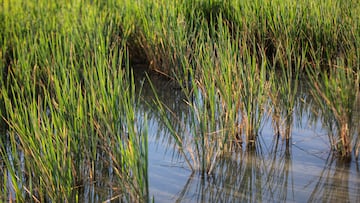Why China is growing rice in space
Chinese astronauts have recently began cultivating rice as part of an experiment that aims to reproduce the entire life cycle for the first time in space.

The Tiangong space station has more tenants than originally expected, rice plants that were brought onboard to reproduce the full life cycle in space for the first time, which have adapted perfectly to life off planet and are growing.
These experiments will be key to feeding the crews on future long-journey space missions, and changing the diet of astronauts a bit beyond cans and preheated food.
Food to get to Mars
The rice shoots have reached “a height of 30 centimeters”, explained Zheng Huiqiong, an expert from the Chinese Academy of Social Sciences, who added that the objective is “to investigate how microgravity can affect the flowering time of the plant at the molecular level and if it is possible to use the microgravity environment to control the processes”.
Reaching Mars with a manned mission like the current one would leave the crew without food, they would not be able to store enough food supplies on the ship to complete the voyage. That is why it is so important that rice, for example, adapt and grow in order to be self-sufficient in outer space.
Agricultural space lab
The experiment is being carried out inside the Wentian space laboratory, which was docked with the Tianhe core module of the Tiangong station on 24 July with cultivation commencing five days later. The astronauts will continue to analyze the development of the plants and, if they complete the full life cycle, they will bring the seeds back to Earth for further research.
The currently under construction Tiangong station, whose name means “Heavenly Palace” in Mandarin, will weigh about 70 tons once completed and is expected to operate for about 15 years orbiting about 400 kilometers (250 miles) above the Earth’s surface.






